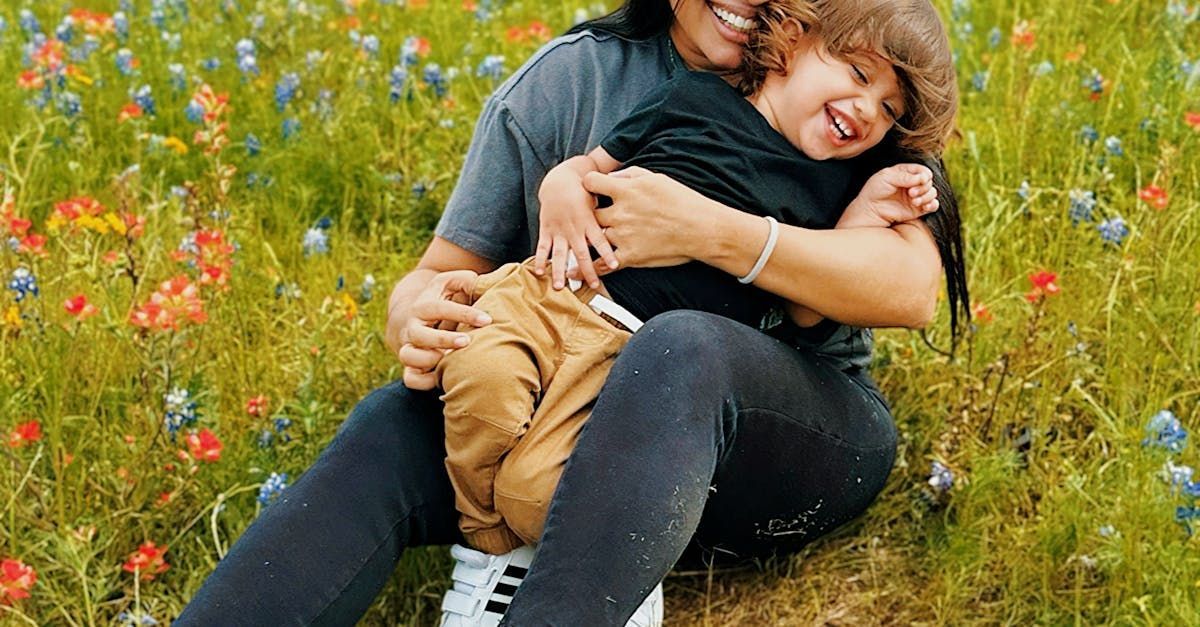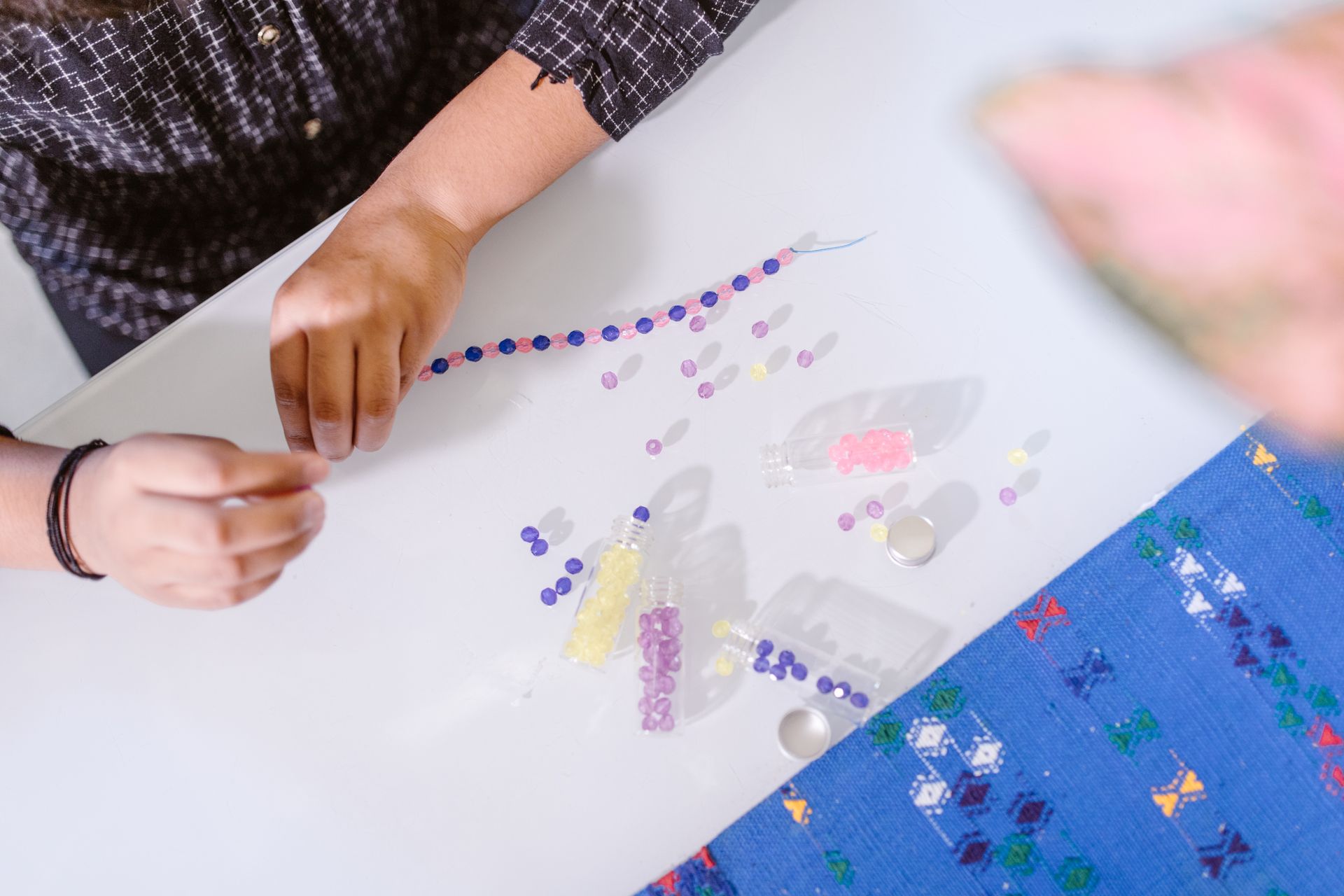Managing Sibling Relationships: A Guide for Parents and Educators
Managing Sibling Relationships:
A Guide for Parents and Educators

Sibling relationships play a crucial role in early childhood development. For parents and early years educators, understanding and managing these relationships is vital for fostering a positive and supportive environment for children. Sibling rivalry, while common, can lead to conflicts that disrupt harmony at home and in childcare settings. This guide aims to provide practical strategies to manage sibling relationships and reduce rivalry among children aged 0-5, helping to build a foundation for lifelong positive interactions.
Understanding Sibling Relationships
Sibling relationships are among the most significant connections in a child’s life. These relationships contribute to social and emotional development, teaching children about cooperation, empathy, and conflict resolution. During the early years, sibling dynamics can vary greatly, influenced by developmental stages and individual personalities. Parents and educators play a key role in shaping these interactions by modelling positive behaviour and providing guidance.
Key Elements of Healthy Sibling Relationships
- Bonding Time: Encourage activities that allow siblings to bond and create shared memories. Whether it's playing together, reading stories, or engaging in imaginative play, these moments help strengthen their relationship.
- Role Modelling: Children learn by observing. Demonstrate positive relationships through your interactions with others, showing respect, patience, and kindness.
- Communication Skills: Teach children to express their feelings and needs clearly. Effective communication helps prevent misunderstandings and resolves conflicts before they escalate.
Causes of Sibling Rivalry
Sibling rivalry often arises from a combination of psychological and environmental factors. Understanding these causes can help in addressing and preventing rivalry before it escalates.
Common Triggers of Sibling Rivalry
- Developmental Stages: Children at different developmental stages have varying needs and abilities, leading to frustration and competition. For instance, a toddler may struggle with sharing toys, while a preschooler seeks more independence.
- Family Dynamics: Changes in the family structure, such as the birth of a new sibling, can cause feelings of jealousy and insecurity. Children may feel their position in the family is threatened, leading to rivalry.
- Parental Influence: Parents may inadvertently promote rivalry by comparing siblings or showing favouritism. Even subtle actions can be perceived as unequal treatment, fuelling competitive behaviour.
Impact of Family Structure and Parenting Styles
- Single-Parent Households: In single-parent families, the parent may feel overwhelmed, leading to less attention for each child individually. This can heighten rivalry as children vie for limited parental attention.
- Blended Families: In families with step-siblings, children may struggle to adjust to new dynamics and roles, increasing the likelihood of rivalry.
- Parenting Styles: Authoritative parenting, which balances firmness with warmth, tends to reduce rivalry. In contrast, inconsistent or overly permissive parenting can exacerbate conflicts.
Strategies for Preventing Sibling Rivalry
Creating a harmonious environment requires proactive measures. Here are some strategies to prevent sibling rivalry and promote positive interactions:
Promote Fairness
- Equal Attention: Ensure that each child feels valued and loved equally. Avoid comparisons and treat each child as an individual with unique strengths and needs.
- Fair Rules: Establish clear and consistent rules that apply to all siblings. Consistency helps children understand expectations and reduces feelings of unfairness.
Individual Attention
- One-on-One Time: Spend quality one-on-one time with each child to strengthen your bond and meet their unique needs. This can be as simple as reading a book together or going for a walk.
- Special Activities: Plan special activities that cater to each child’s interests, making them feel special and appreciated.
Inclusive Activities
- Family Projects: Encourage activities that include all siblings, fostering teamwork and shared experiences. Projects like building a fort, baking together, or gardening can create positive memories and cooperation.
- Shared Responsibilities: Assign joint tasks where siblings must work together to complete them, promoting teamwork and mutual respect.
Managing Conflicts and Promoting Positive Interactions
Conflicts are inevitable, but they also present opportunities for growth and learning. Here’s how to manage conflicts effectively and encourage positive interactions:
Conflict Resolution
- Teach Calm Communication: Encourage children to use words to express their feelings rather than resorting to physical actions. Phrases like “I feel…” and “I need…” help articulate their emotions.
- Mediation Role: Act as a mediator rather than a judge. Help children understand each other’s perspectives and find a mutually agreeable solution.
- Time-Out for Reflection: Sometimes, a short break can help children calm down and reflect on their behaviour. Use this time to discuss what happened and how they can handle it better next time.
Cooperative Play
- Structured Activities: Organise activities that require cooperation, such as building a puzzle, playing a game, or constructing a model. These activities teach teamwork and shared success.
- Role Reversal: Encourage role-playing games where siblings take turns being the leader. This fosters empathy and understanding of each other’s roles and feelings.
Empathy Development
- Role-Playing and Storytelling: Use role-playing and storytelling to help children understand each other’s perspectives and feelings. Stories about characters dealing with similar issues can provide valuable lessons.
- Praise Positive Behaviour: Acknowledge and praise moments when children display empathy and cooperation. Positive reinforcement encourages them to continue these behaviours.
Special Considerations
Every family and childcare setting is unique, requiring tailored approaches. Here are some special considerations:
Managing Relationships with Newborns and Toddlers
- Gradual Introduction: Introduce new siblings gradually and involve older children in caring for the newborn to reduce jealousy. Explain the changes in simple terms they can understand.
- Special Roles: Assign special roles to older siblings, such as “mommy’s helper” or “big brother/sister duties,” making them feel important and included.
Addressing Different Temperaments
- Individual Approaches: Recognise and respect individual temperaments, adjusting your approach to suit each child’s personality. Some children may need more reassurance, while others require more independence.
- Tailored Strategies: Use tailored strategies that cater to each child’s strengths and challenges. For example, a more introverted child might need help expressing feelings, while an extroverted one may need guidance on sharing attention.
Supporting Siblings of Children with Special Needs
- Balanced Attention: Ensure that siblings of children with special needs do not feel neglected. Balance attention by setting aside time specifically for them.
- Open Communication: Maintain open communication about the special needs sibling’s condition, helping the other children understand and empathise with their sibling’s situation.
- Support Networks: Utilise support networks and resources for families with special needs children, which can provide additional guidance and assistance.
Conclusion
Effectively managing sibling relationships and reducing rivalry during the early years sets the stage for lifelong positive interactions. By implementing these strategies, parents and educators can create a nurturing environment that supports each child’s social and emotional development. The long-term benefits include stronger family bonds and better conflict resolution skills, essential for healthy relationships in the future. Remember, patience, consistency, and love are key ingredients in fostering healthy sibling relationships.
FAQ
What are some quick tips for dealing with a sudden increase in sibling rivalry?
- Stay calm and address the issue promptly.
- Listen to each child’s perspective without taking sides.
- Encourage finding a solution together, promoting compromise.
How can parents balance attention between multiple children?
- Schedule one-on-one time with each child regularly.
- Be mindful of each child’s needs and interests, providing individual attention.
- Involve all children in family activities to foster inclusion.
What should educators do when siblings fight in a classroom setting?
- Separate the children temporarily to de-escalate the situation.
- Facilitate a discussion to understand the cause of the conflict.
- Teach and model conflict resolution skills.

















